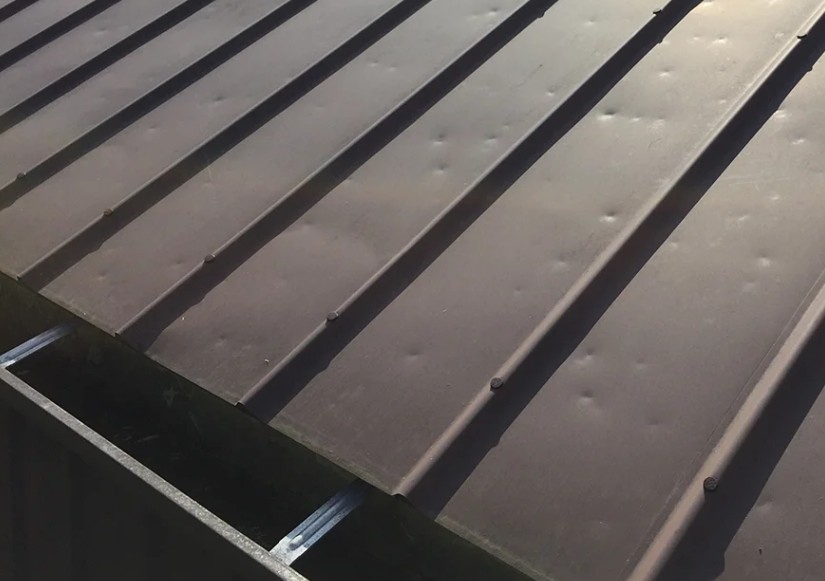The Importance of QBCC Roof Flashings Approvals
Roof flashings are crucial components of a roofing system, designed to direct water away from joints and seams to prevent leaks. In Queensland, the Queensland Building and Construction Commission (QBCC) requires roof flashing approvals as part of its regulatory framework to ensure that roofing systems meet necessary safety and quality standards. These approvals are important for both the functionality and long-term durability of a building.

The primary reason for requiring QBCC roof flashing approvals is to ensure compliance with the Building Code of Australia (BCA) and relevant Australian Standards. Flashings must be installed correctly and made from materials that are durable enough to withstand Queensland’s harsh weather conditions, including heavy rainfall and cyclonic winds. Improper flashing installation or substandard materials can lead to water ingress, resulting in internal damage such as mold growth, rotting wood, and corrosion of structural elements.
Additionally, QBCC roof flashing approvals help safeguard against potential building failures. For example, poorly installed flashings may compromise the structural integrity of the roof, increasing the risk of damage during severe weather events. By ensuring that all roofing components, including flashings, are installed to the highest standard, the QBCC aims to protect both property owners and the wider community.
In conclusion, the importance of QBCC roof flashings approvals lies in their ability to maintain the integrity of roofing systems, ensure compliance with legal standards, and safeguard buildings against the costly consequences of water damage. These approvals are an essential aspect of promoting safe, durable construction practices in Queensland.
References
Queensland Building and Construction Commission. (2021). Roofing Standards and Regulations. Retrieved from https://www.qbcc.qld.gov.au